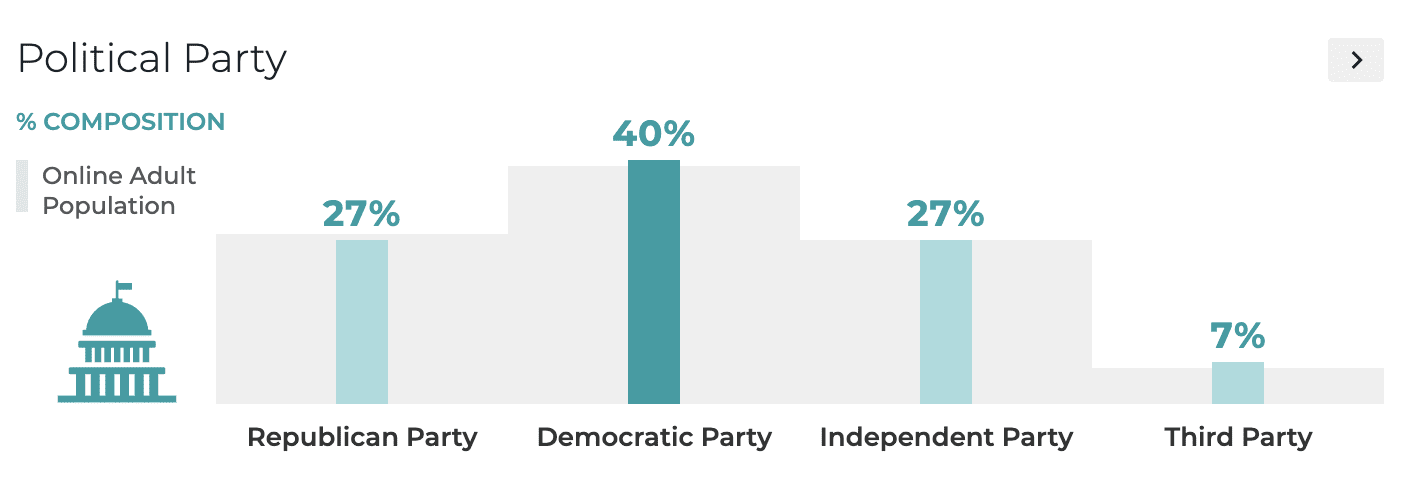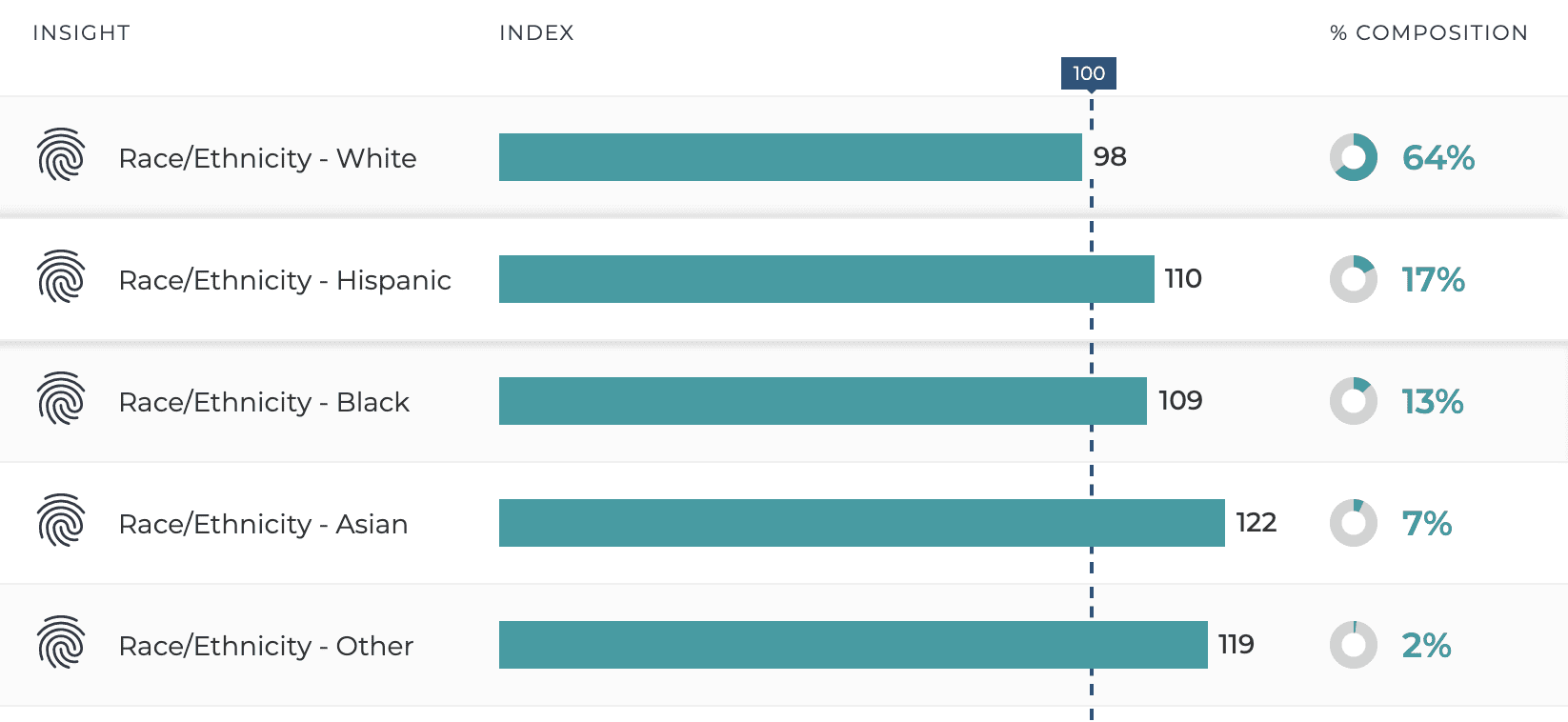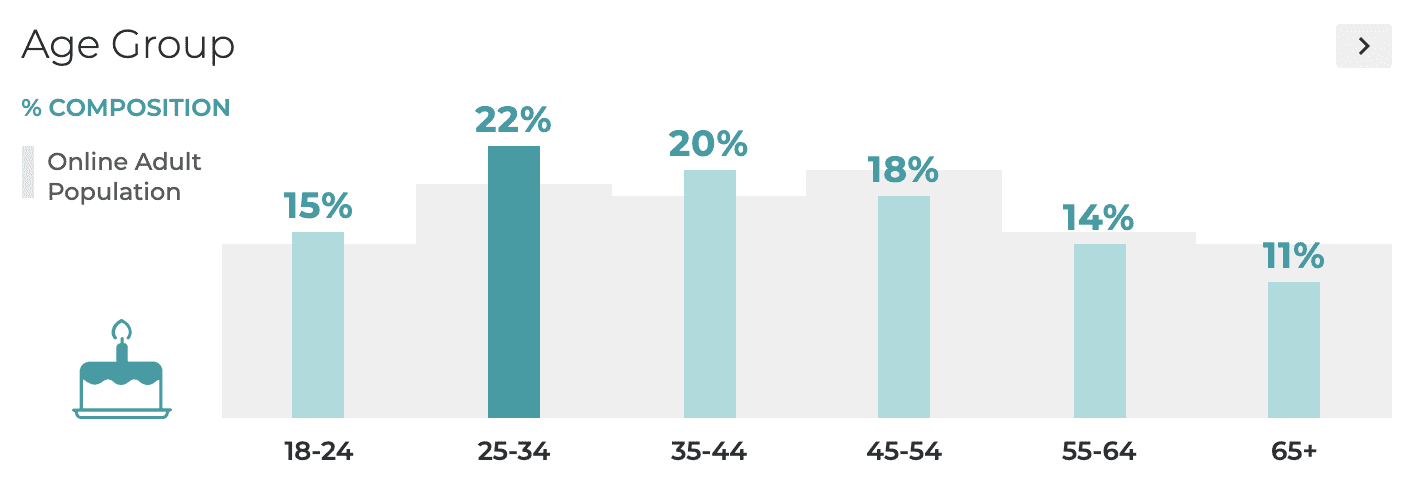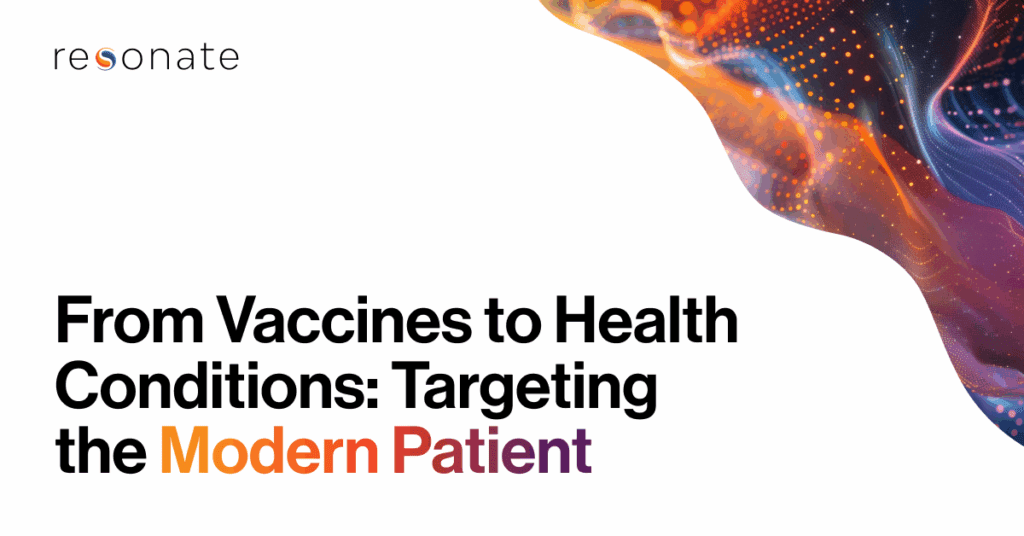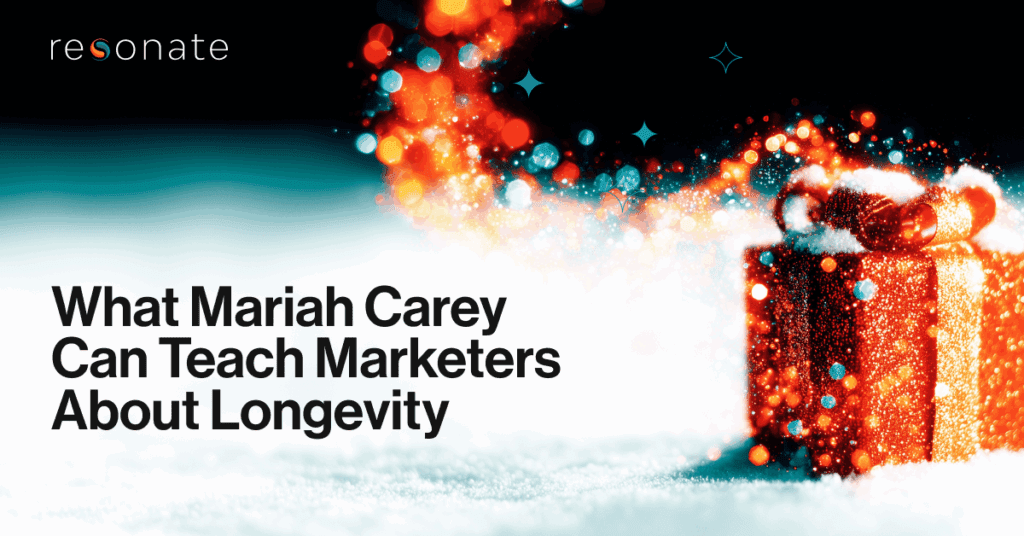How to make the massive ad campaigns targeting vaccine-hesitant Americans effective and efficient
The Biden administration is pouring millions into a national vaccine campaign. The “We Can Do This” campaign seeks to persuade Americans skeptical of COVID-19 vaccines to do their part and get vaccinated. Separately, the Ad Council and COVID Collaborative have launched the “It’s Up to You” campaign, one of the largest public education efforts in history, to provide the movement to combat vaccine hesitancy a boost.
Both campaigns share similar strategies and the same goal: launch targeted advertisements at Americans skeptical of receiving a vaccine, deliver the message through trusted surrogates, and convert enough skeptics to reach herd immunity and put the pandemic in the past.
Who vaccine campaigns should focus on
Who are the vaccine-hesitant Americans that make up the audience of these multi-million dollar ad campaigns? Traditional polling and research have modeled this audience using geographic and demographic insights—much like a traditional political campaign—focusing primarily on race and party affiliation. Republicans, Black, and Hispanic Americans make up the campaigns’ nucleus.
To reach republicans, the democratic White House has enlisted NASCAR and the Christian Broadcasting Network as surrogate messengers (unprecedented times, indeed). Vice President Harris has played a leading role in reaching minorities from underserved communities. The proposed ad strategies seem diversified, taking to television, radio, online, and social advertisements to ultimately reach the right sets of eyes and ears.
These are solid starts: modeling the audience to the basics, soliciting trusted leaders to persuade fans and followers, and using multiple channels to deliver messages. However, a critical component of any effective ad strategy is identifying the persuadables within your target audience–the people you can actually move the needle with—and delivering a message tailored to their values and motivations. In this case, the persuadables are the vaccine-hesitant who have not closed the door on the idea of getting vaccinated. These Americans represent the best shot at getting us to herd immunity and are whom the bulk of vaccine campaigns’ focus should be on.
Using AI to identify vaccine-hesitant Americans
At Resonate, we help political and public affairs campaigns identify audiences with niche personal, political, and media insights that go far beyond basic demographics. Our cutting-edge machine learning marries the nation’s largest continuous national survey with billions of online behavioral and contextual data points, with models updating nightly. The result? A real-time, granular data set of more than 13,000 attributes on over 200 million Americans.
Built from our latest COVID-19 and Emerging Trends Consumer Flash Study and the thousands of other data points available in the Resonate Ignite Platform™, we identified an audience of roughly 76 million Americans who are hesitant to receive a COVID-19 vaccine, but are ultimately persuadable. This audience may not be as clear-cut as your perception. They’re politically diverse, skew younger, and they’re more likely to have already cut the cord.
Who are vaccine-hesitant Americans?
When just looking at demographic data, our models found that the persuadable vaccine-hesitant population actually skew more Democrat (40%) than Republican (27%). This is a critical insight. While the media has broadly publicized that Republicans overwhelmingly makeup the majority of the vaccine-hesitant population, this is not the case when we focus on those who are persuadable. Our models also show the persuadables are largely white, with Black and Hispanic Americans representing the second and third largest racial groups. The audience as a whole skew younger, with roughly 60% under 44 years of age.
Where vaccine campaigns should focus their ad spend
While the Biden Administration and Ad Council campaigns are planning to run ads across multiple mediums to reach their audience, our insights show that when it comes to the vaccine-hesitant persuadables, a digital approach will be most effective. Compared to the average American, this audience is 18% more likely to spend 40+ hours online a week and they’re 35% more likely to have already cut the cord to traditional cable.
It’s important to understand this younger crowd of persuadables are not hanging out on your more traditional social media platforms. To take a play out of AOC’s Get-Out-The-Vote playbook, the vaccine-hesitant persuadables can be reached on their favorite social network, Twitch, a service that focuses on live video game streaming. After Twitch, campaigns should consider Reddit, a platform where these persuadables are 25% more likely to consume media than your average American.
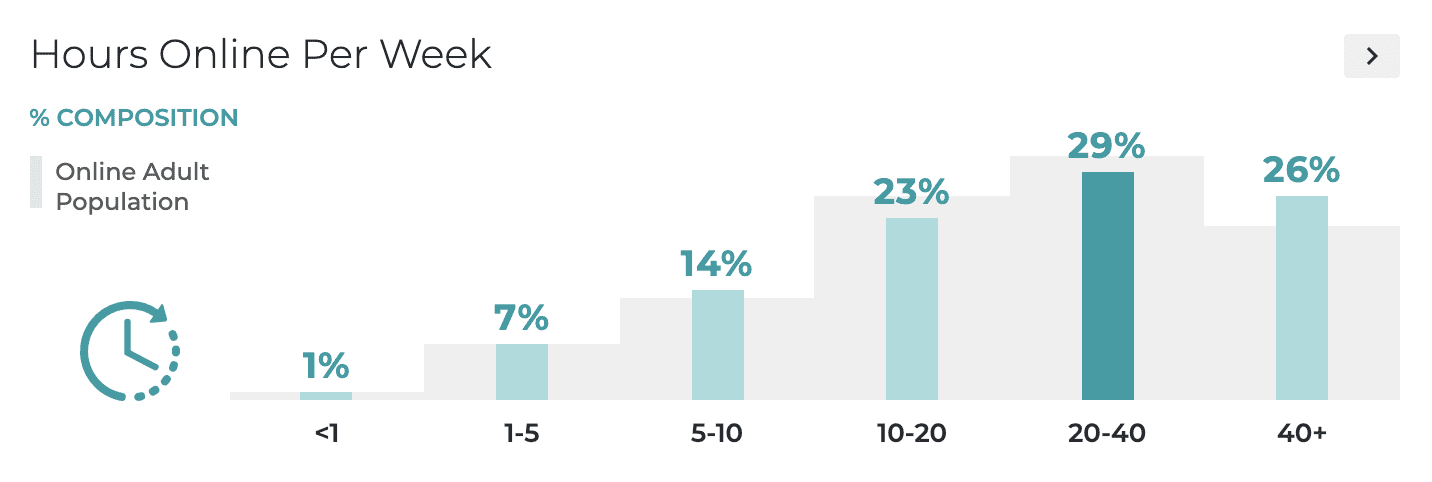
Source: the Resonate Ignite Platform™

Source: the Resonate Ignite Platform™
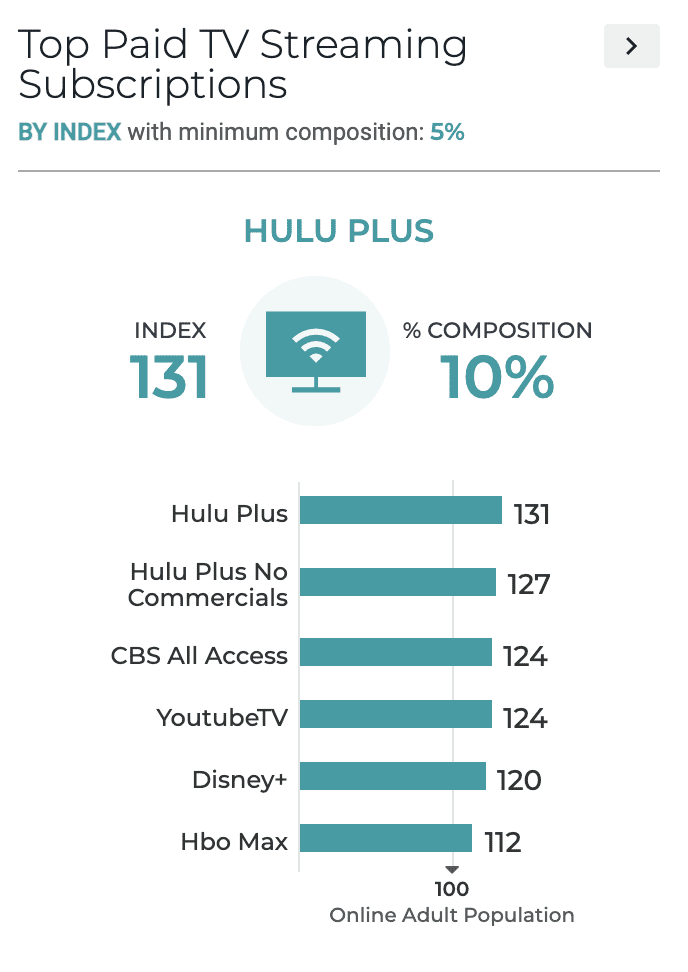
Source: the Resonate Ignite Platform™
How vaccine campaigns can win vaccine-hesitant hearts and minds
Now that we understand who the persuadables are and where to find them, the data will tell us what’s in their hearts and minds. What type of creative will drive an individual to get that first shot scheduled?
Our insights show that the persuadables have an independent and creative streak and they’re weary of big government. Ad creative to this group should focus on individual empowerment and increasing one’s own status, avoiding messages that seem government mandated.
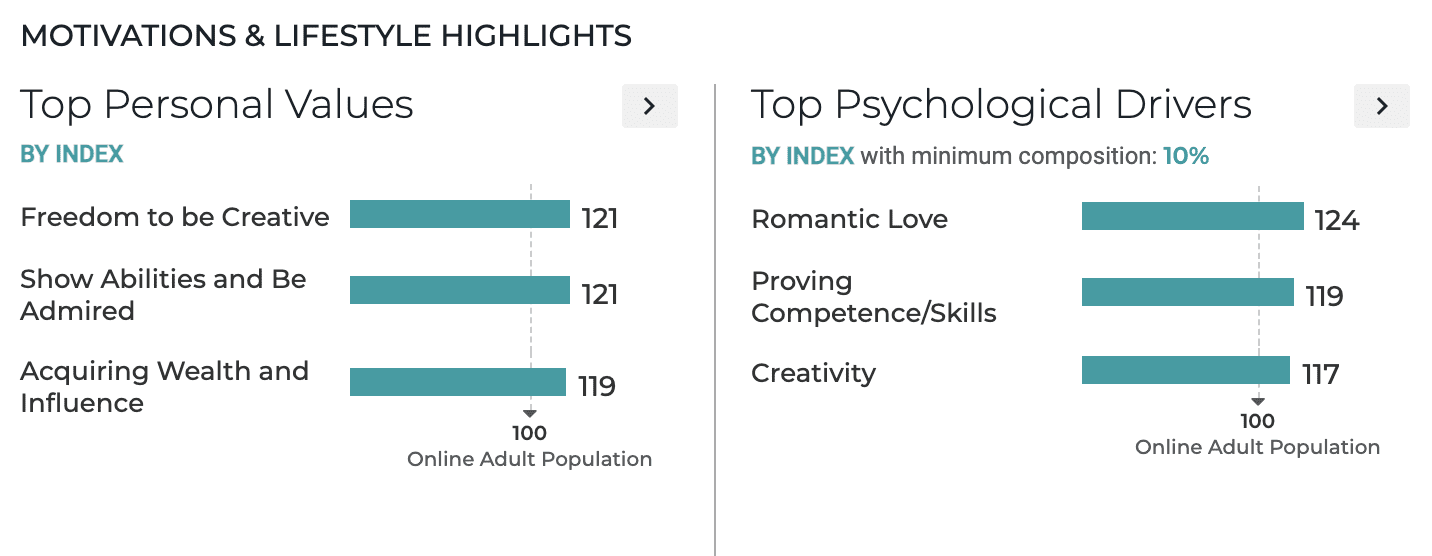
Source: the Resonate Ignite Platform™

Source: the Resonate Ignite Platform™
This is a younger demographic who wants to prove themselves, move up in the world, and be admired for their contributions and competencies. So why should they get the vaccine? You tell us…
Interested in learning more about how to best understand, reach, and move this historically significant segment of Americans? Download our report: Moving the Needle: How American’s Feel about the Vaccine Today + 5 Tips to Reach the Vaccine-Hesitant
Ready to reach this audience or another microsegment of Americans? Our award-winning team of managed media experts are here to help. Request a demo or give us a call at 855.855.4320.

